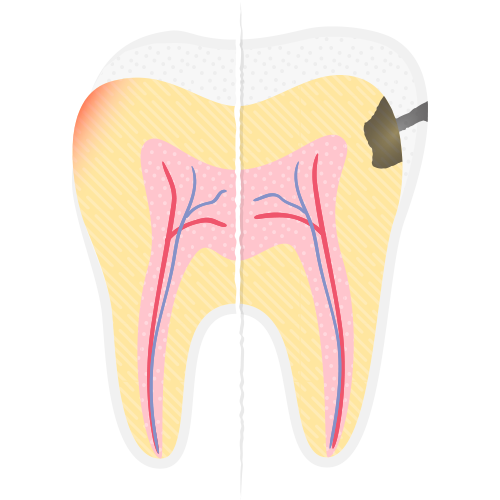Emma's Story
An Eating Disorder such as Anorexia Nervosa or Bulimia Nervosa has many physiological affects on your body including affecting your oral health. Emma's Story is about how one person was able to recover from Bulimia Nervosa and, with the help of her Dentist, look after her oral health.

